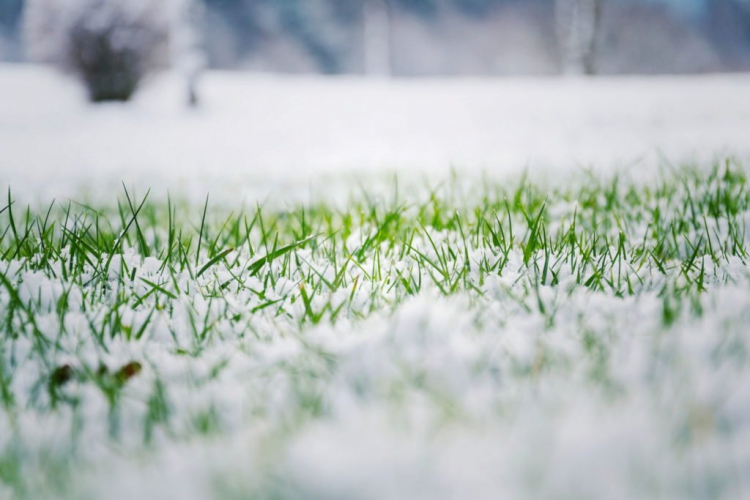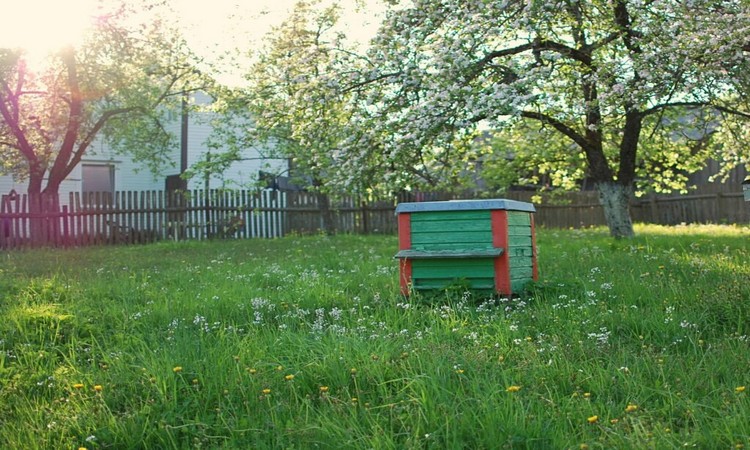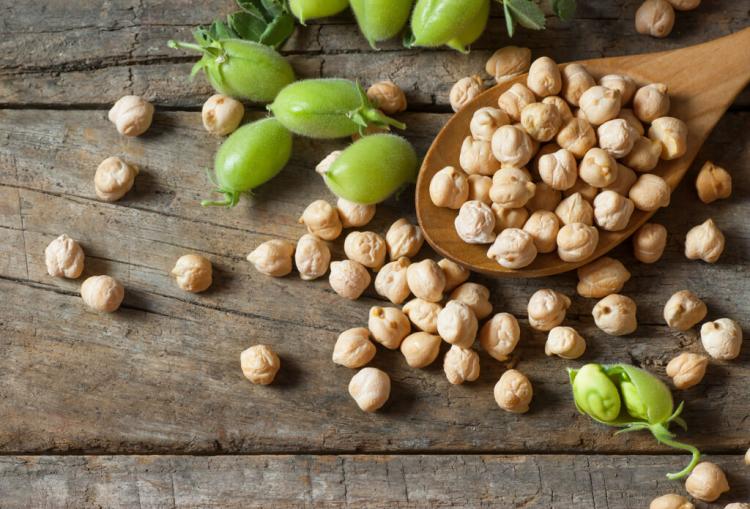Fertilizing Lawns In Autumn: When And How?
We have put together for you how to repair the damage in summer with the right lawn fertilization and how to prepare the lawn for winter.
Autumn lawn fertilization is an important factor in maintaining and maintaining the health of a lawn. Many lawn owners are often still unclear about a few points. Errors can often lead to damage to the beautiful green, which can also affect the coming year.
In order to clear up possible ambiguities, we want to summarize the questions of why, when, how, and with what as well as the correct fertilizer dosage in an easily understandable way so that your lawn is resilient and lush green for the next year as well.
Why is autumn lawn fertilization useful?
Table of Contents
Only a lawn that is optimally supplied with nutrients shows its best side. Defects are quickly visible because lawn grasses have a high need for nutrients. On the one hand, the autumn lawn fertilization covers the general needs of the grasses so that they can still use the last sunny days of the year effectively for photosynthesis and storage of reserve materials for the winter. On the other hand, due to the high content of readily available potassium, autumn lawn fertilization increases resistance to frost.
The time for the autumn lawn fertilization
Autumn lawn fertilizers are almost always slow-release fertilizers. Both organic and mineral autumn lawn fertilizers can therefore be applied as early as July to prepare for winter. When using mineral fertilizers, you should make sure that the fertilizer’s effective period ends in October at the latest. Otherwise, rain in early winter can wash the released nutrients unused into the groundwater.
You might so like: Oleander Propagation By Seeds And Cuttings
Organic autumn lawn fertilizers such as organic autumn lawn fertilizer can be used between July and October as they slowly release the nutrients they contain, depending on the weather. The risk of leaching is therefore significantly lower and the lawn is supplied over the long term.

When is the best time to fertilize the lawn in autumn?
- In general, the last fertilization takes place between July and October
- Mineral autumn lawn fertilizers are applied in summer to prevent leaching into the soil
- Organic autumn lawn fertilizers can still be used in September or October and are a better and more sustainable choice
You might so like: Fertilizing Basil: Which Fertilizer Is The Right One?
Product properties of autumn lawn fertilizers
Autumn lawn fertilizers always have a low nitrogen content (N) and a high proportion of potassium (K). Excessive nitrogen fertilization in autumn leads to stimulation of growth and, in the worst case, even to long, soft stalks that are very susceptible to frost. Potassium not only supports cell wall stability but is also stored in large quantities in the watery vacuole of the plant cells in autumn. In this way, it prevents ice crystals from forming, which literally burst the cell. As mentioned above, organic fertilizers with a natural long-term effect are very suitable as autumn lawn fertilizers.
The right autumn lawn fertilizer
In order to keep your green areas healthy in the long term, we recommend using an organic autumn lawn fertilizer. This does not harm the environment or the animals in your garden and requires little effort to perfectly care for your lawn. The fertilized soil thanks you after some time of use with good nutrient storage, water retention capacity, and resilience. The build-up of the humus makes the topsoil elastic and tolerates normal loads without compaction. In order to achieve this, we have developed the organic autumn lawn fertilizer mentioned above. Not only does it have all the qualities of an organic autumn lawn fertilizer, but it is also free from animal components.
Instructions for ideal application
So that you can start supplying your lawn with the right nutrients for the cold season, we have put together the following instructions for you.
What is the best way to fertilize the lawn in autumn?
- For autumn lawn fertilization with organic autumn lawn fertilizer, 80 g / m2 is a good amount that you can apply between July and October.
- Alternatively, you can also fertilize 50 g / m2 in July or August and 30 g / m2 again in September or October.
- Spread the fertilizer evenly over your lawn. Ideally, this is freshly mowed. Our fertilizer can also be optimally spread with a fertilizer spreader.
- Watering after fertilization is a good way to make the organic matter more easily broken down by soil organisms.
- Then mow your lawn to a height of about three centimeters in mid-November and then overwinter it that way. You shouldn’t mow or fertilize your lawn in winter.





